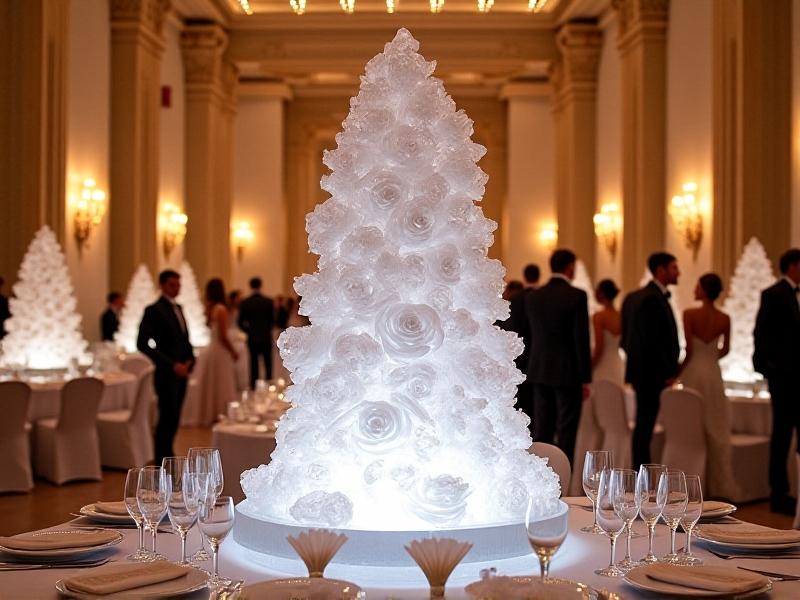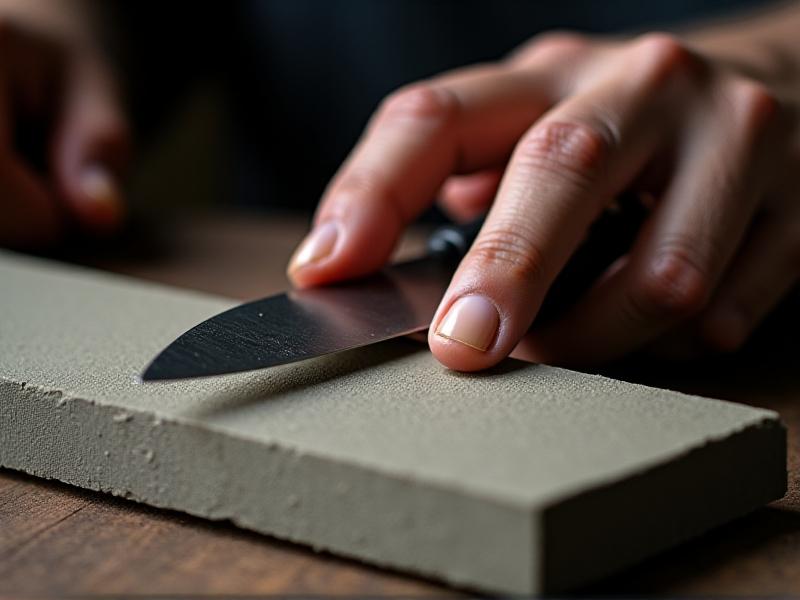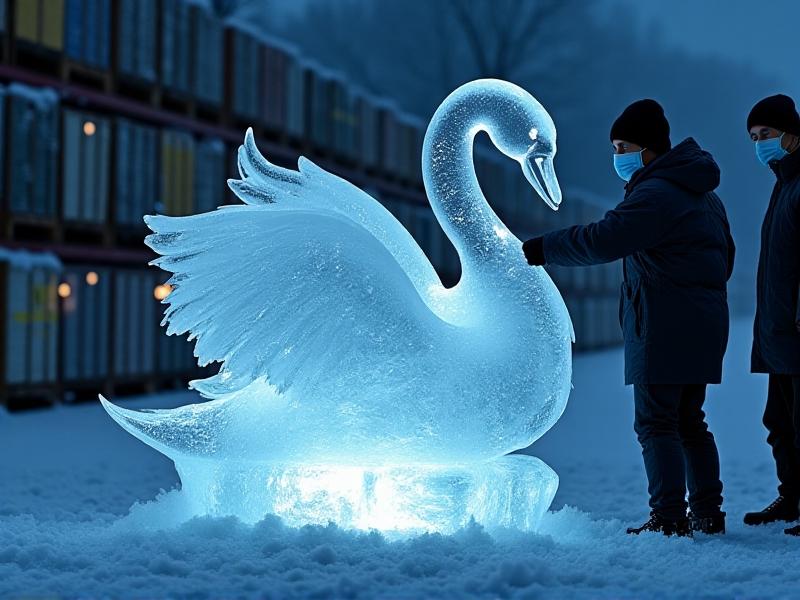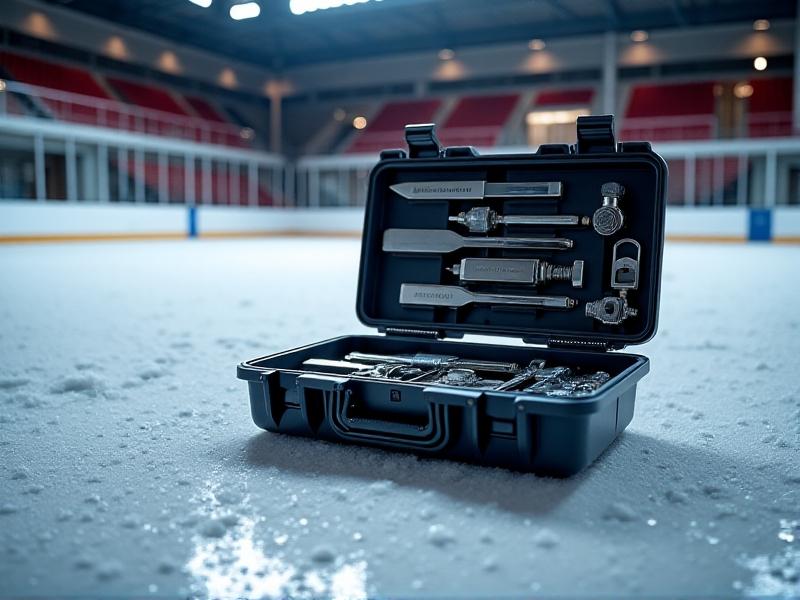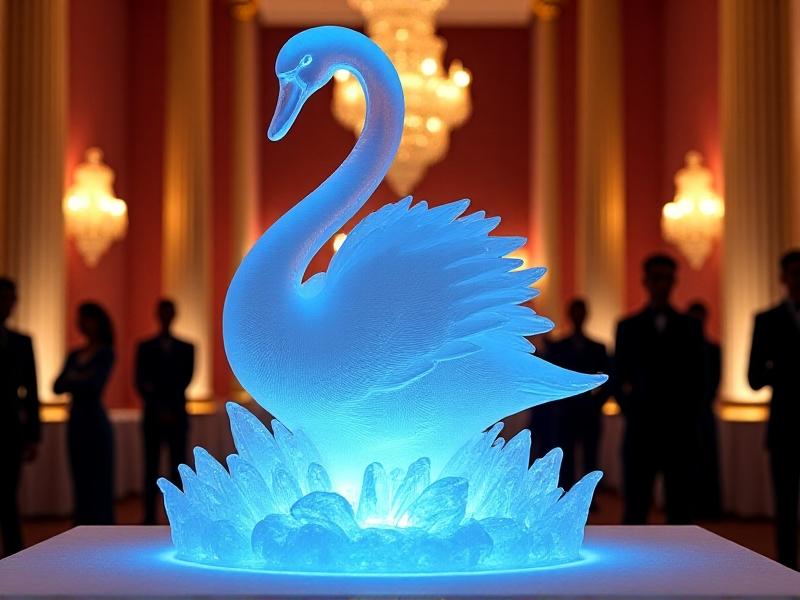Emergency Repair Techniques for Damaged Ice Sculptures
Understanding the Fragility of Ice Sculptures
Ice sculptures are a stunning blend of art and nature, but their beauty comes with a significant drawback: fragility. Ice is inherently unstable, especially in warmer environments or when subjected to physical stress. Understanding the factors that contribute to the fragility of ice sculptures is the first step in mastering emergency repair techniques. Temperature fluctuations, improper handling, and even the type of ice used can all play a role in how susceptible a sculpture is to damage. By recognizing these vulnerabilities, artists and event planners can better prepare for potential issues and respond effectively when they arise.
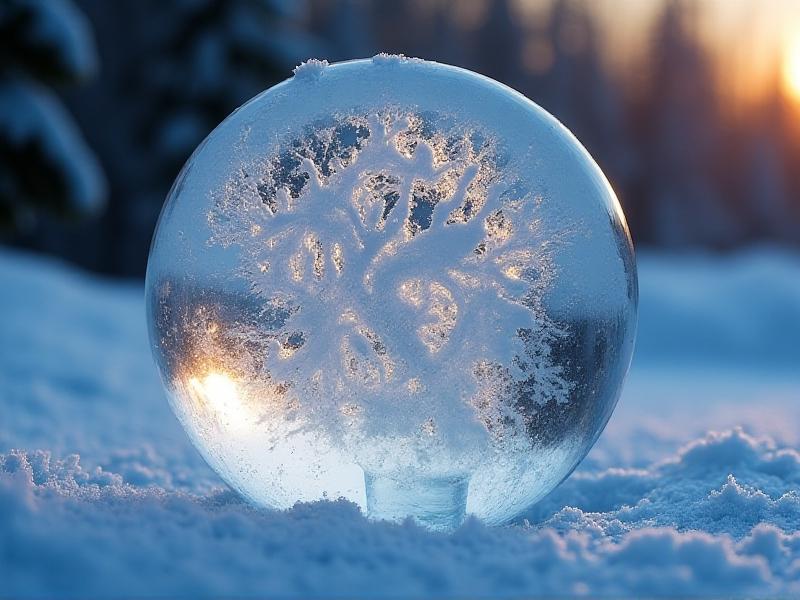
Essential Tools for Emergency Ice Sculpture Repairs
When it comes to repairing damaged ice sculptures, having the right tools on hand is crucial. A basic repair kit should include items like a chisel, a small blowtorch, food-grade glue, and a spray bottle filled with water. These tools allow for quick fixes, whether it’s reattaching a broken piece, smoothing out cracks, or reinforcing weakened areas. Additionally, a portable cooler or insulated blanket can help slow down melting while repairs are underway. Investing in high-quality tools not only makes the repair process smoother but also ensures that the sculpture retains its aesthetic appeal and structural integrity.
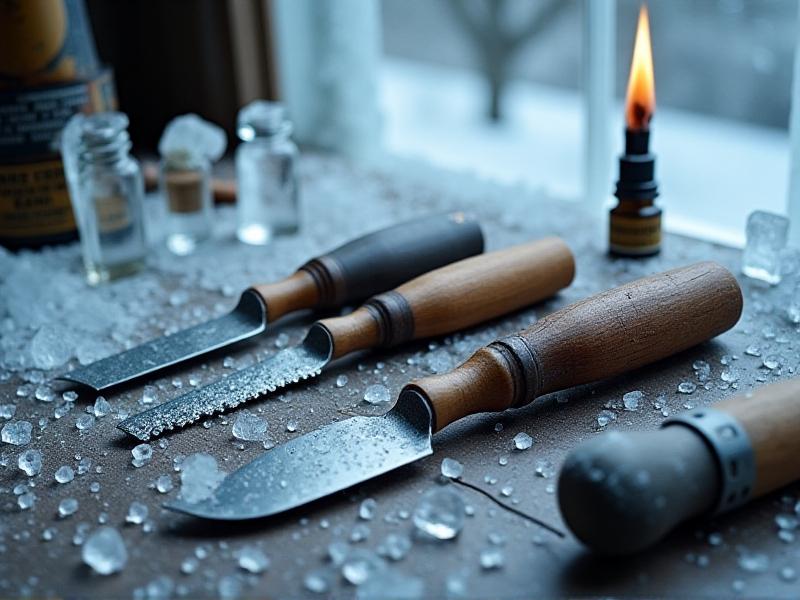
Step-by-Step Guide to Fixing Cracks in Ice Sculptures
Cracks are one of the most common issues faced by ice sculptors, but they can often be repaired with a bit of skill and patience. Start by assessing the severity of the crack. For minor cracks, a simple spray of water can help fuse the ice back together as it freezes. For larger cracks, use a chisel to smooth the edges and then apply food-grade glue to hold the pieces in place. A small blowtorch can be used to gently melt the surface, allowing the ice to bond more effectively. The key is to work quickly and carefully, ensuring that the repair blends seamlessly with the rest of the sculpture.
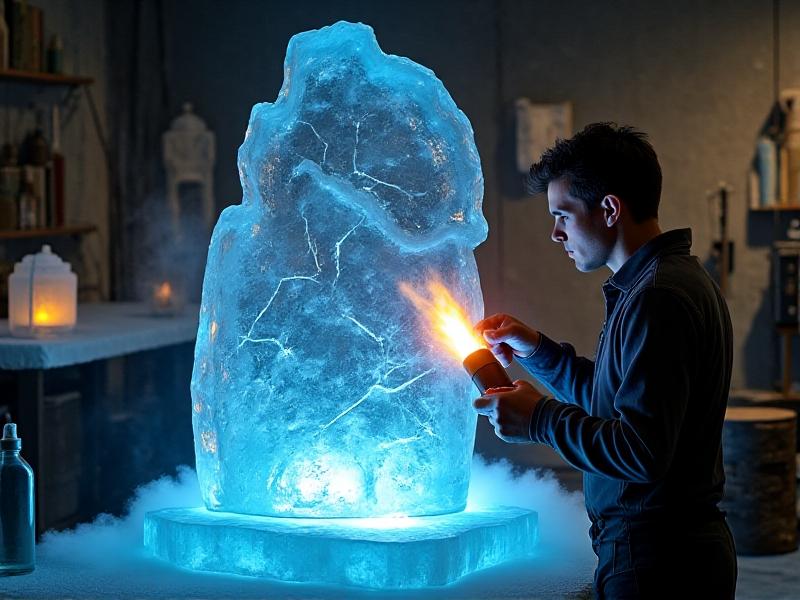
Reattaching Broken Pieces: Techniques and Tips
When a piece of an ice sculpture breaks off, reattaching it requires precision and the right approach. Begin by cleaning the broken edges to ensure a smooth fit. Apply food-grade glue to both surfaces and press the pieces together firmly. Use a blowtorch to lightly melt the edges, creating a stronger bond as the ice refreezes. If the piece is too large or heavy, consider using a temporary support, such as a wooden dowel, to hold it in place while the glue sets. The goal is to make the repair as invisible as possible, preserving the sculpture’s original design and impact.
Preventing Further Damage During Repairs
While repairing a damaged ice sculpture, it’s essential to take steps to prevent further damage. Work in a cool environment to minimize melting, and avoid touching the sculpture with bare hands, as body heat can cause additional stress. Use insulated gloves and tools to handle the ice, and keep a spray bottle of water nearby to quickly address any new cracks or weak spots. If the sculpture is part of an event, consider temporarily moving it to a shaded or air-conditioned area while repairs are underway. By being proactive, you can ensure that the sculpture remains intact and visually stunning.
Creative Solutions for Irreparable Damage
Sometimes, despite your best efforts, a damaged ice sculpture may be beyond repair. In such cases, creativity can save the day. Consider transforming the damaged areas into new design elements, such as adding a cascading water effect or incorporating additional lighting to highlight the imperfections. Alternatively, you can repurpose the ice into smaller decorative pieces or use it as a base for a new sculpture. Embracing the unexpected can turn a potential disaster into an opportunity for innovation, leaving a lasting impression on your audience.
Long-Term Maintenance Tips for Ice Sculptures
Preventing damage is always better than repairing it, and proper maintenance is key to extending the life of an ice sculpture. Store sculptures in a freezer or cold environment when not in use, and handle them with care during transport. Regularly inspect the sculpture for signs of stress or weakness, and address any issues immediately. Using high-quality, clear ice can also reduce the likelihood of cracks and breakage. By incorporating these maintenance practices into your routine, you can ensure that your ice sculptures remain pristine and captivating for as long as possible.



